Tierra del Fuego was named after the first European explorers sailed around the southern tip of the Americas in 1520. The Spanish captain Magellan saw the many fires of the indigenous people burning in the distance, and labelled it “the land of fire”.
Considered extinct as a tribe, the Selk’nam, also known as the Onawo or Ona people, are an indigenous people in the Patagonian region of southern Argentina and Chile, including the Tierra del Fuego islands, one of the last native groups in South America to be encountered by migrant ethnic Europeans.
The Selk’nam were nomadic people who relied on hunting for survival. They dressed sparingly despite the cold climate of Patagonia. They shared Tierra del Fuego with the Haush (or Manek’enk), another nomadic culture who lived in the south-eastern part of the island.
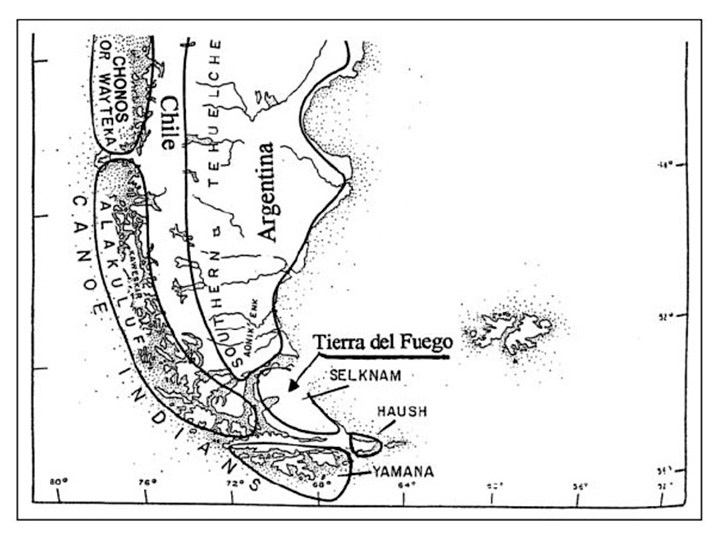
For seven thousand years, the Selk’nam, Yamana and Kawésqar people inhabited the forbidding archipelago of Southern Patagonia. Upon the arrival of Europeans in the late 1800s, there were an estimated three thousand indigenous people living in Tierra del Fuego. By 1910 there were just a hundred, and today there are none. The story is all too common amongst indigenous people around the world, whose culture and the population was destroyed by colonisation.
German missionary Martin Gusinde made his first excursion to Tierra del Fuego in 1918. Although being a missionary, Gusinde was very respectful and got deeply immersed within these societies through four long journeys, to the point of speaking their language, which enabled him to get access to their daily lives and sacred rites. The photographic treasure he brought back is accompanied by field notes giving detailed information on the portrayed rites and the colours of the adornment.
PICTURES TAKEN FROM:
THE LOST TRIBES OF TIERRA DEL FUEGO (2015)
GET THE BOOK


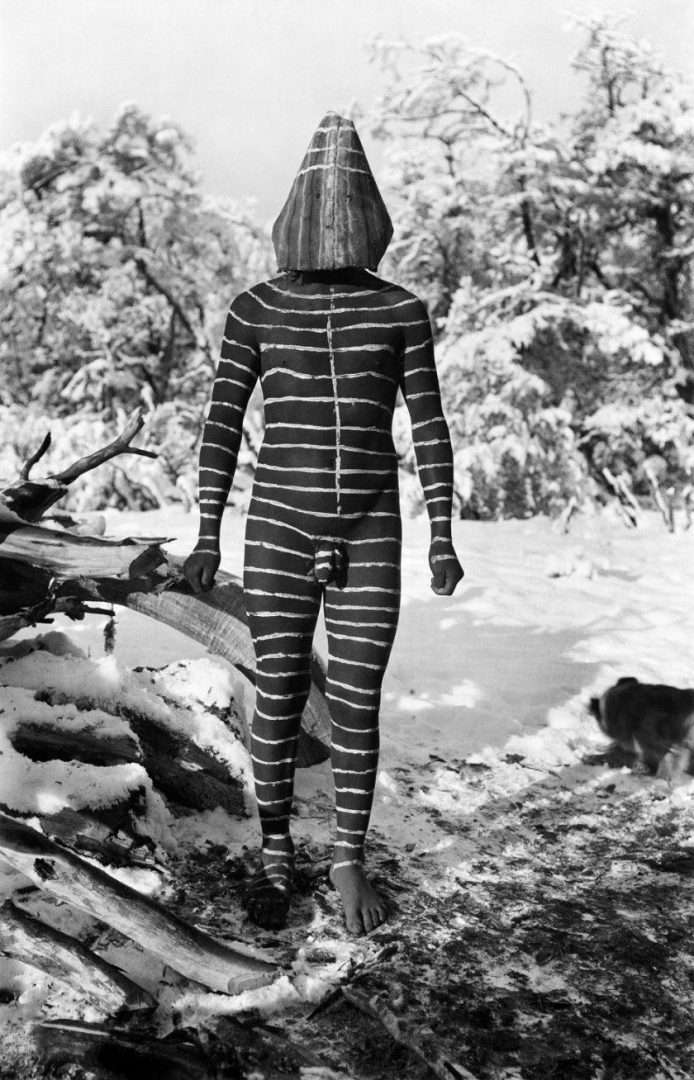
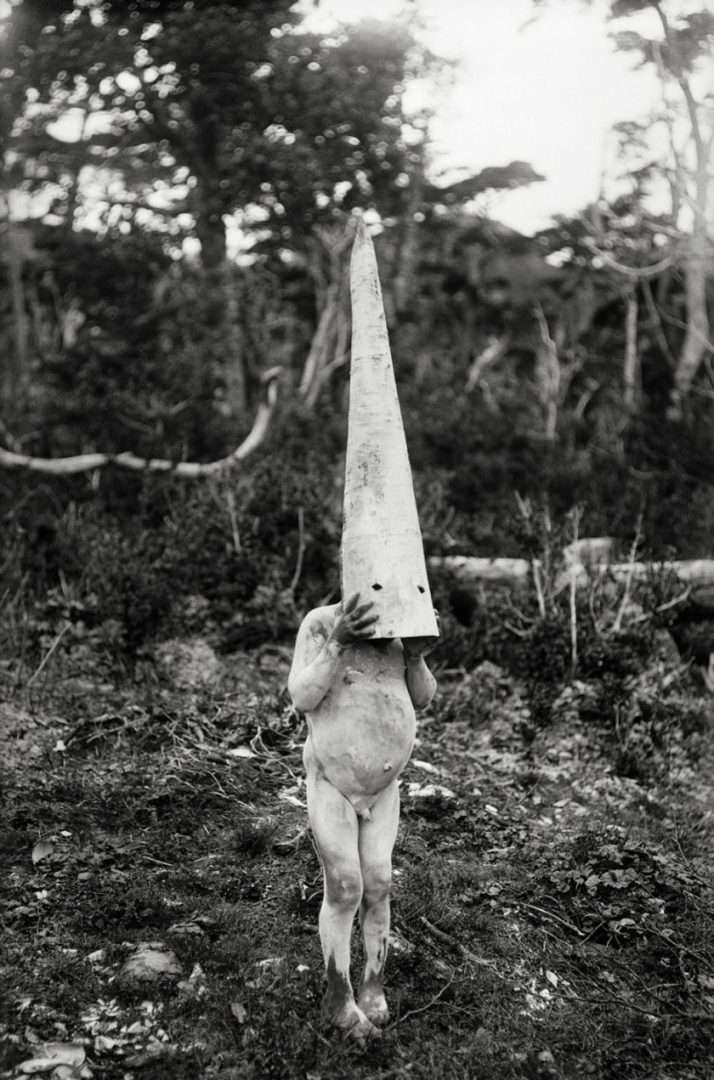

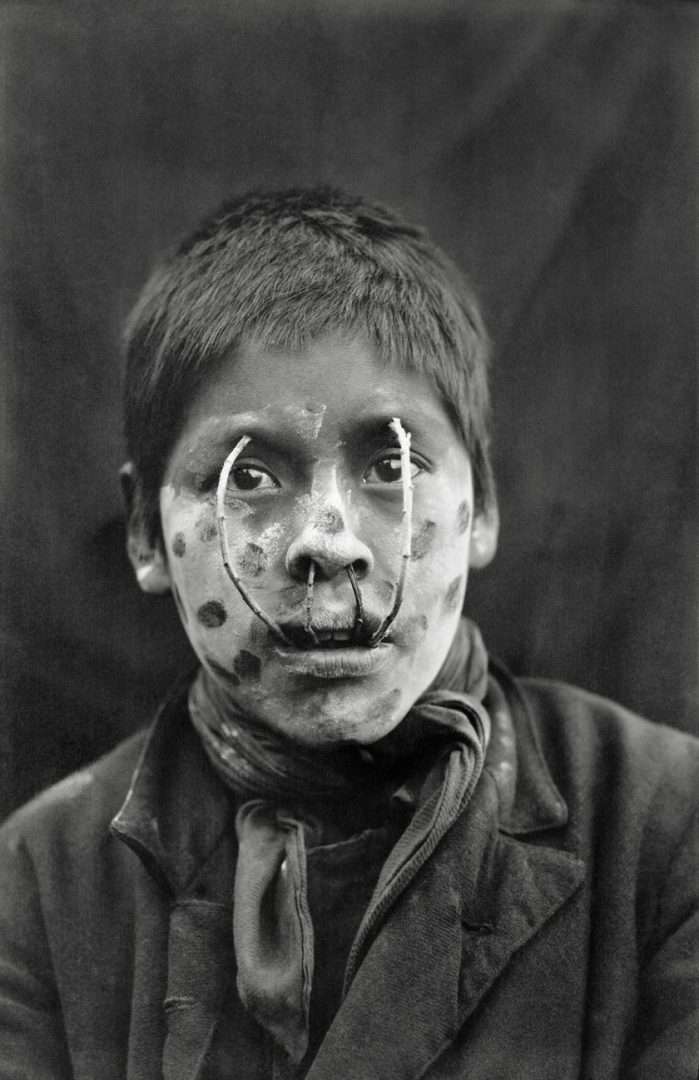
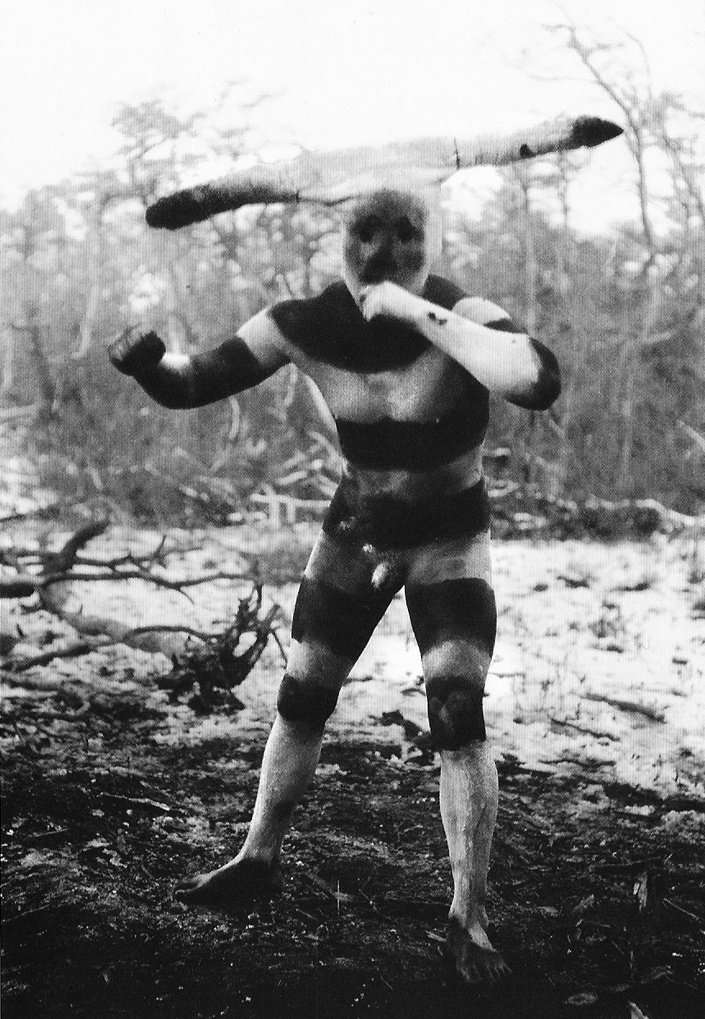

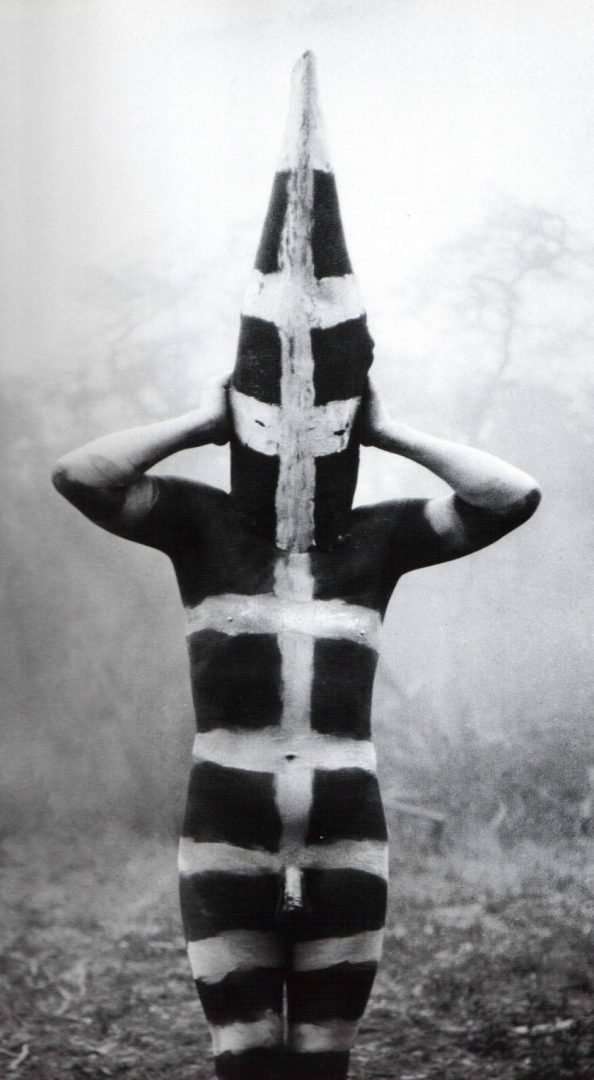
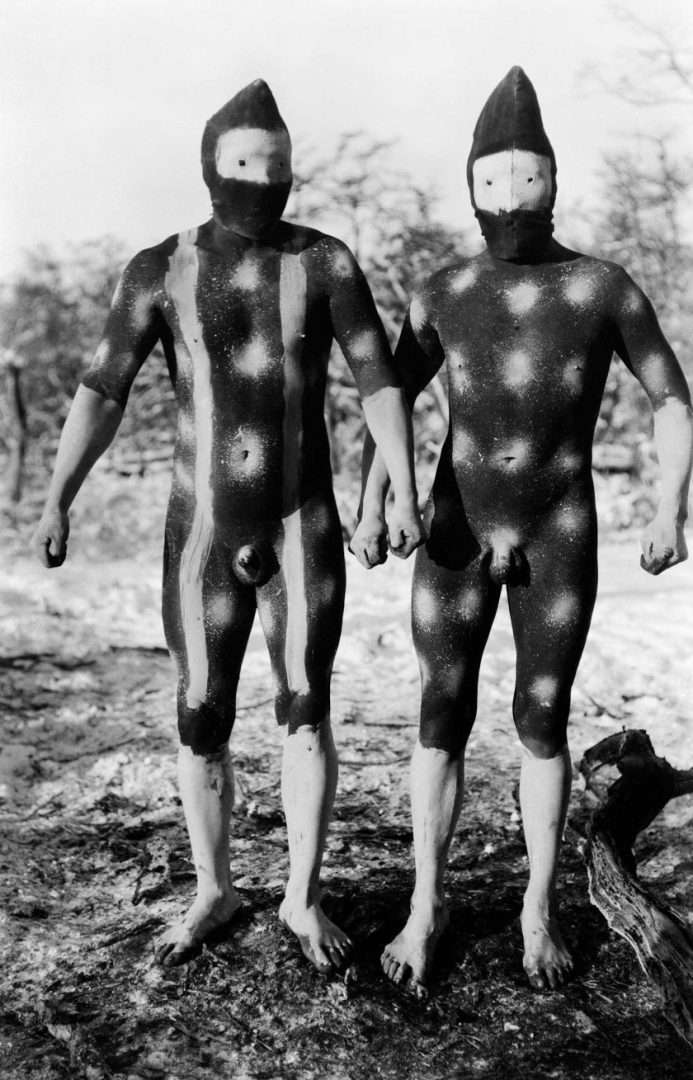

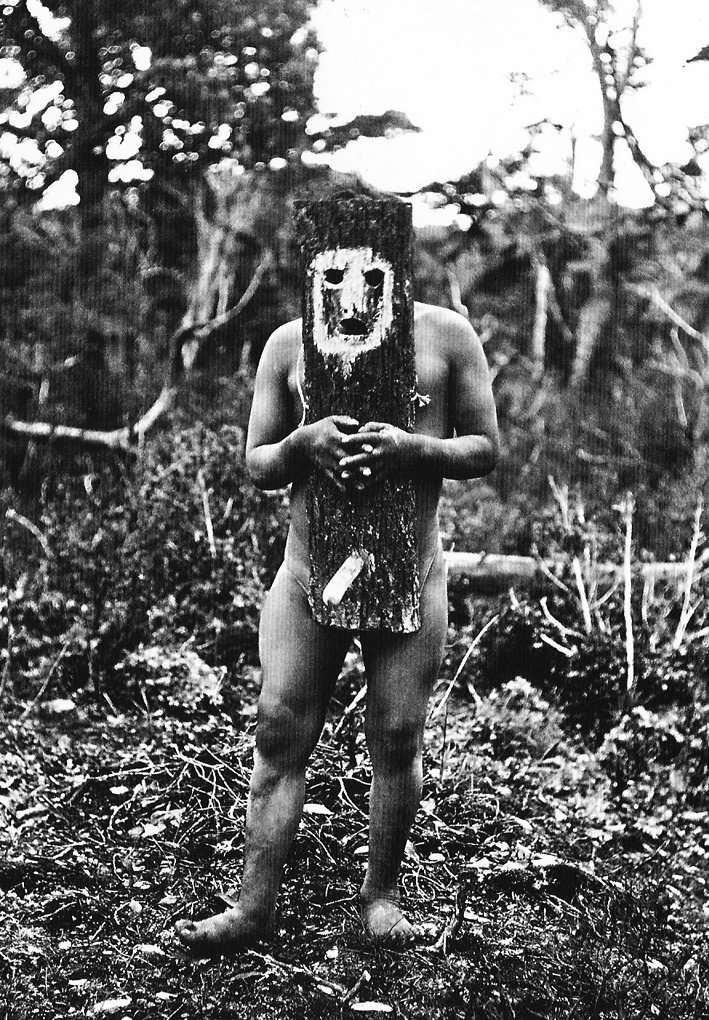
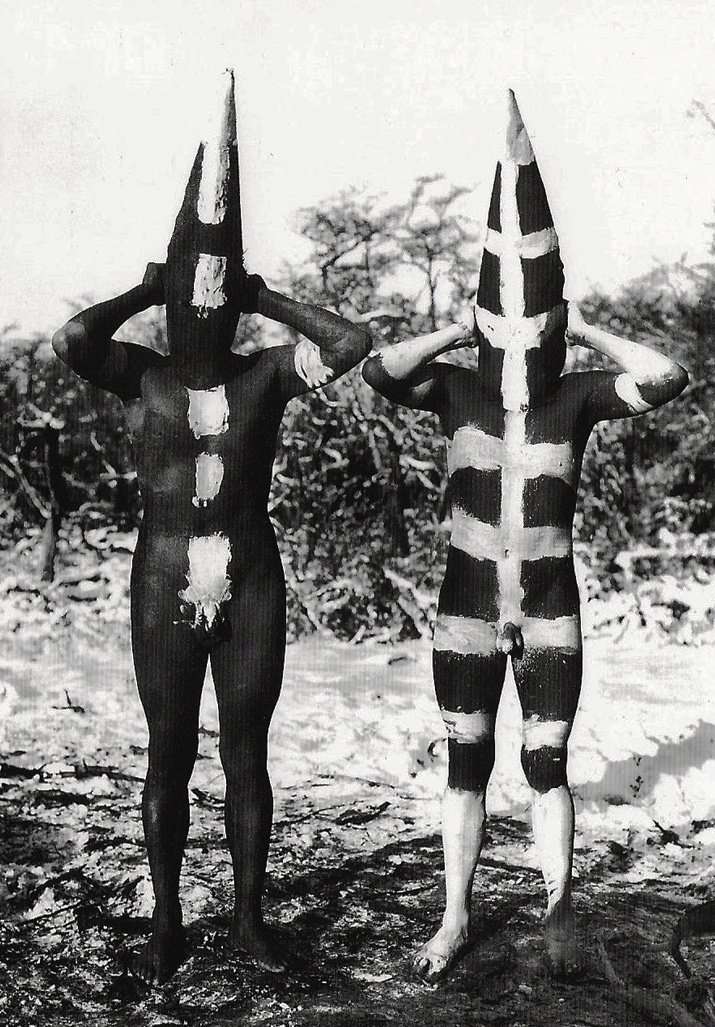


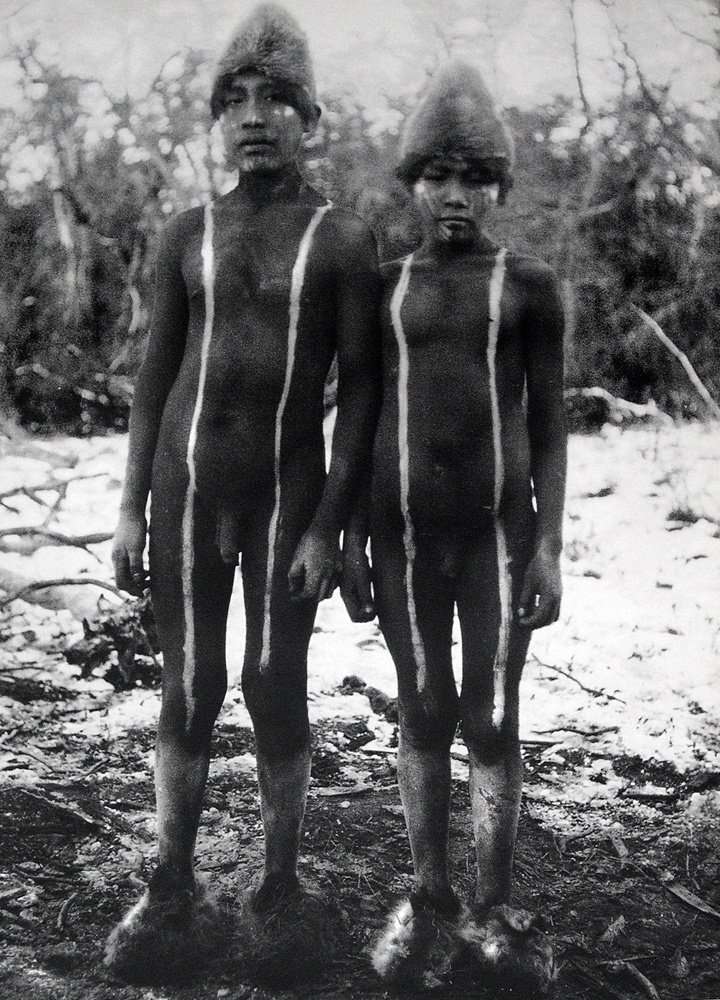


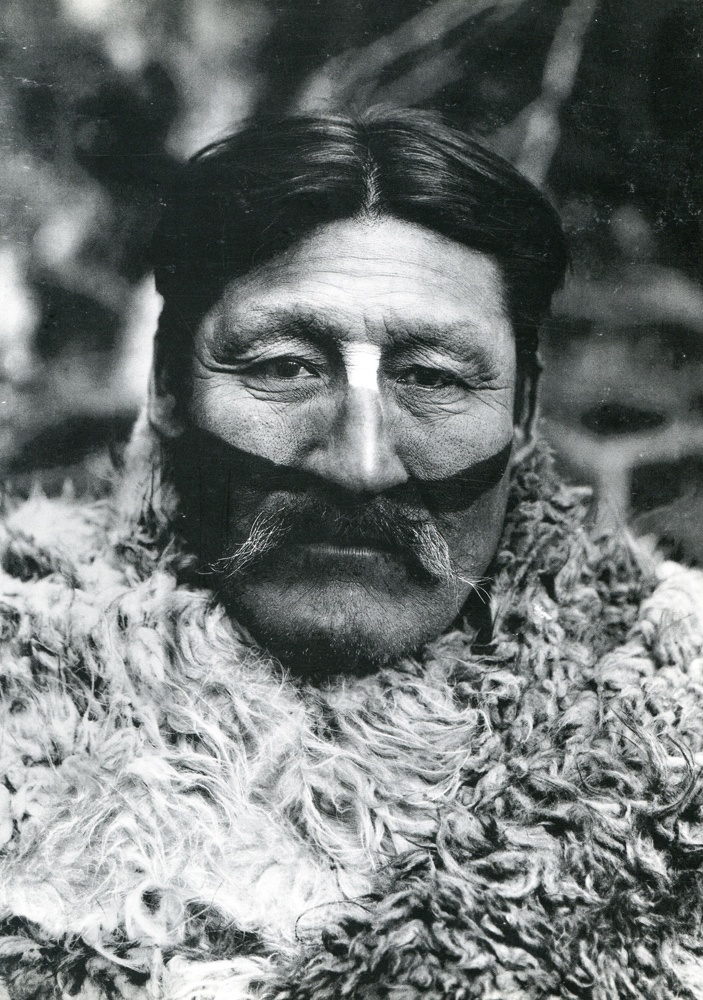



Initiation Ceremonies
Selk’nam male initiation ceremonies, the passage to adulthood, was called Hain. Young males were called to a dark hut. There they would be attacked by “spirits”, who were people dressed as supernatural beings. The children were taught to believe in and fear these spirits at childhood and were threatened by them in case they misbehaved. Their task in this rite of passage was to unmask the spirits; when the boys saw that the spirits were human, they were told a story of world creation related to the sun and moon.
Males showed their “strength” in front of women by fighting spirits (who were other males but the women supposedly did not know it) in some theatrical fights. Each spirit was played with traditional actions, words and gestures, so that everyone could identify it. The best spirit actors from previous Hains were called again to impersonate spirits in later Hains.
Apart from dramatic re-enactments of mythic events, the Hain involved tests for young males for courage, resourcefulness, resisting temptation, resisting pain and overcoming fear. It also included prolonged instructional courses to train the young men in the tasks for which they would be responsible. The various rites of the Hain lasted perhaps a year and would end with the last fight against the “worst” spirit.
The last Hain was held in one of the missions in the early 20th century and was photographed by missionary Martin Gusinde. It was a shorter and smaller ceremony than they used to hold. The photos show the “spirit” costumes they created and wore. Gusinde’s The Lost Tribes of Tierra Del Fuego (2015) was published in English by Thames & Hudson, and in French and Spanish by Éditions Xavier Barral.

ORDER HERE
